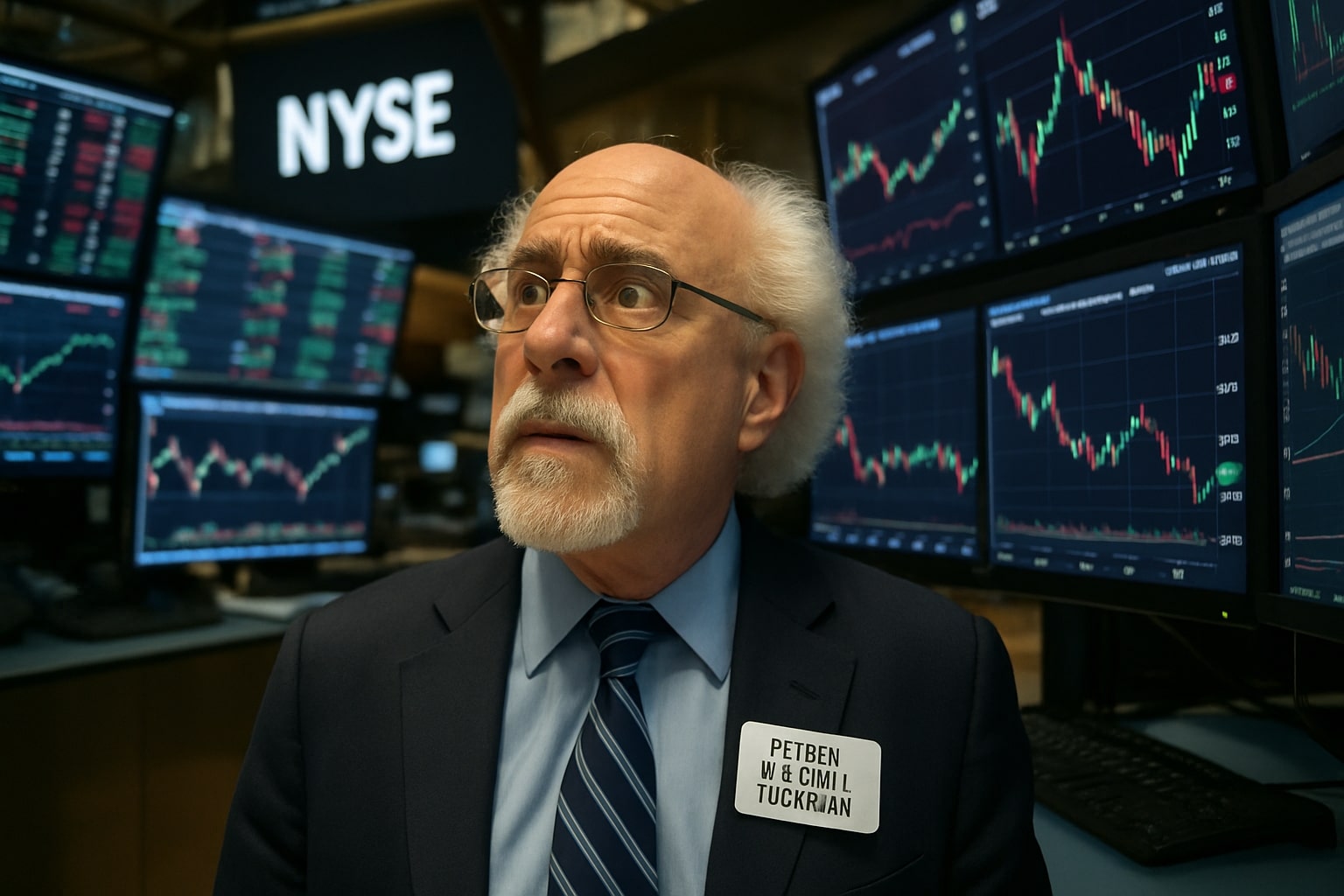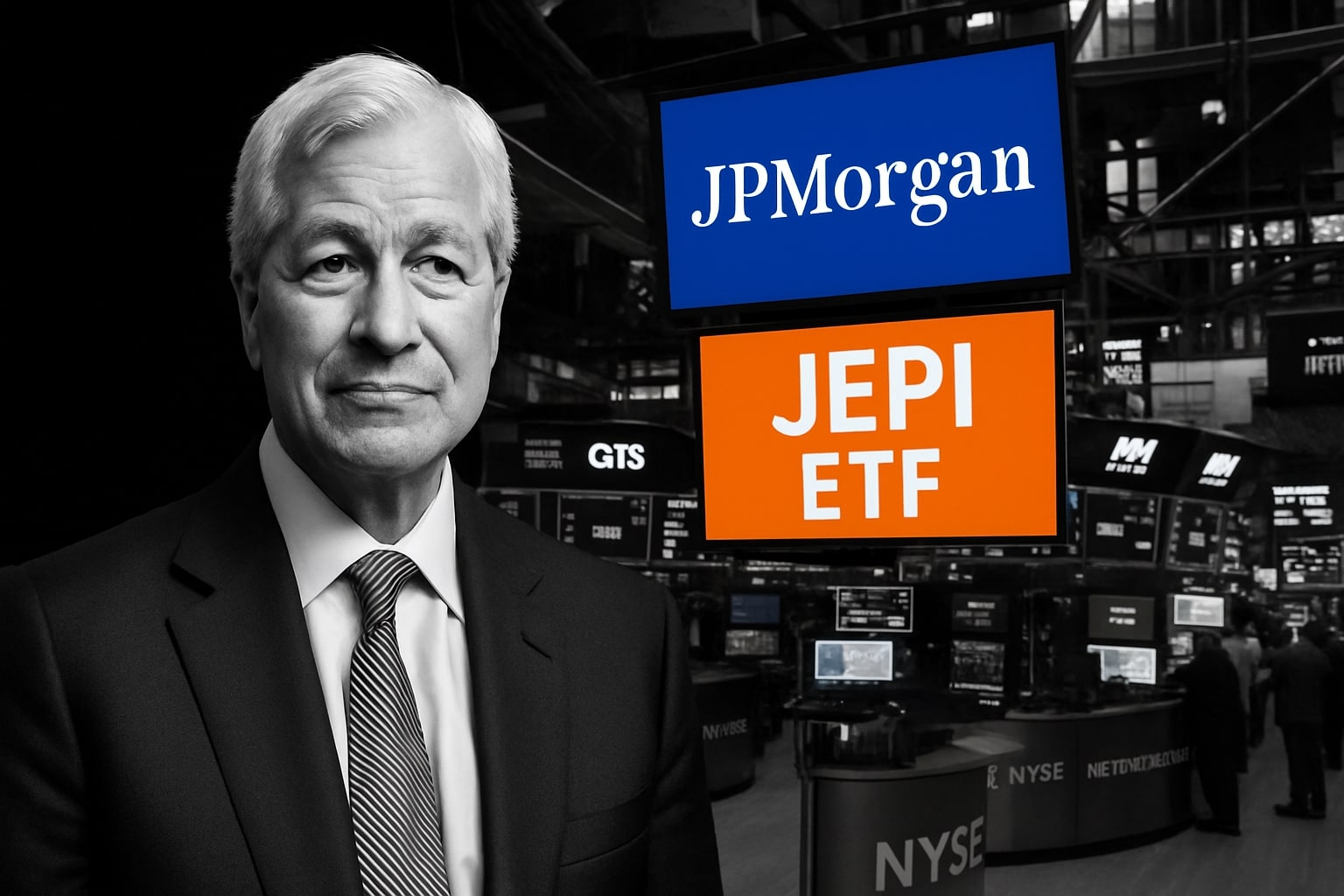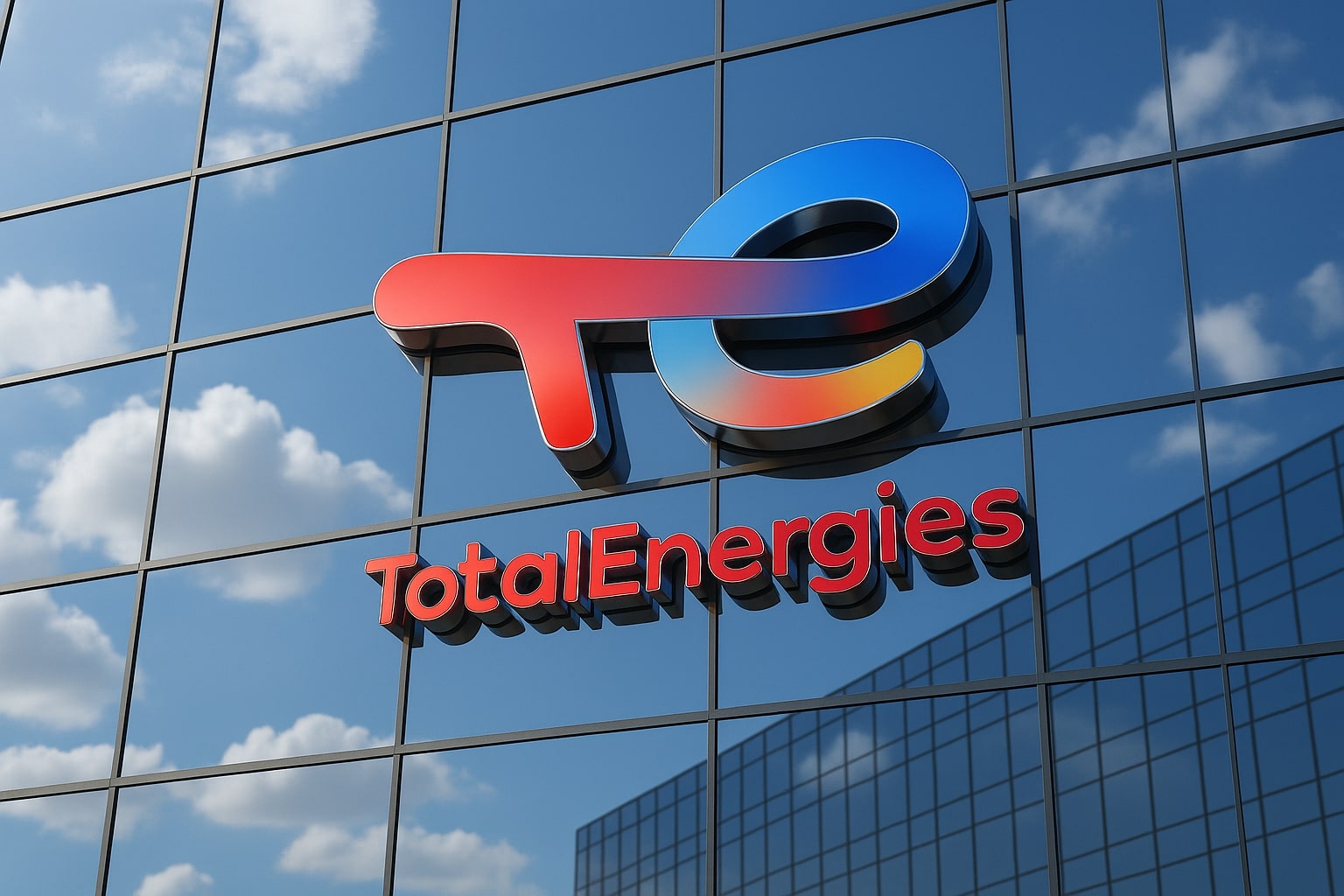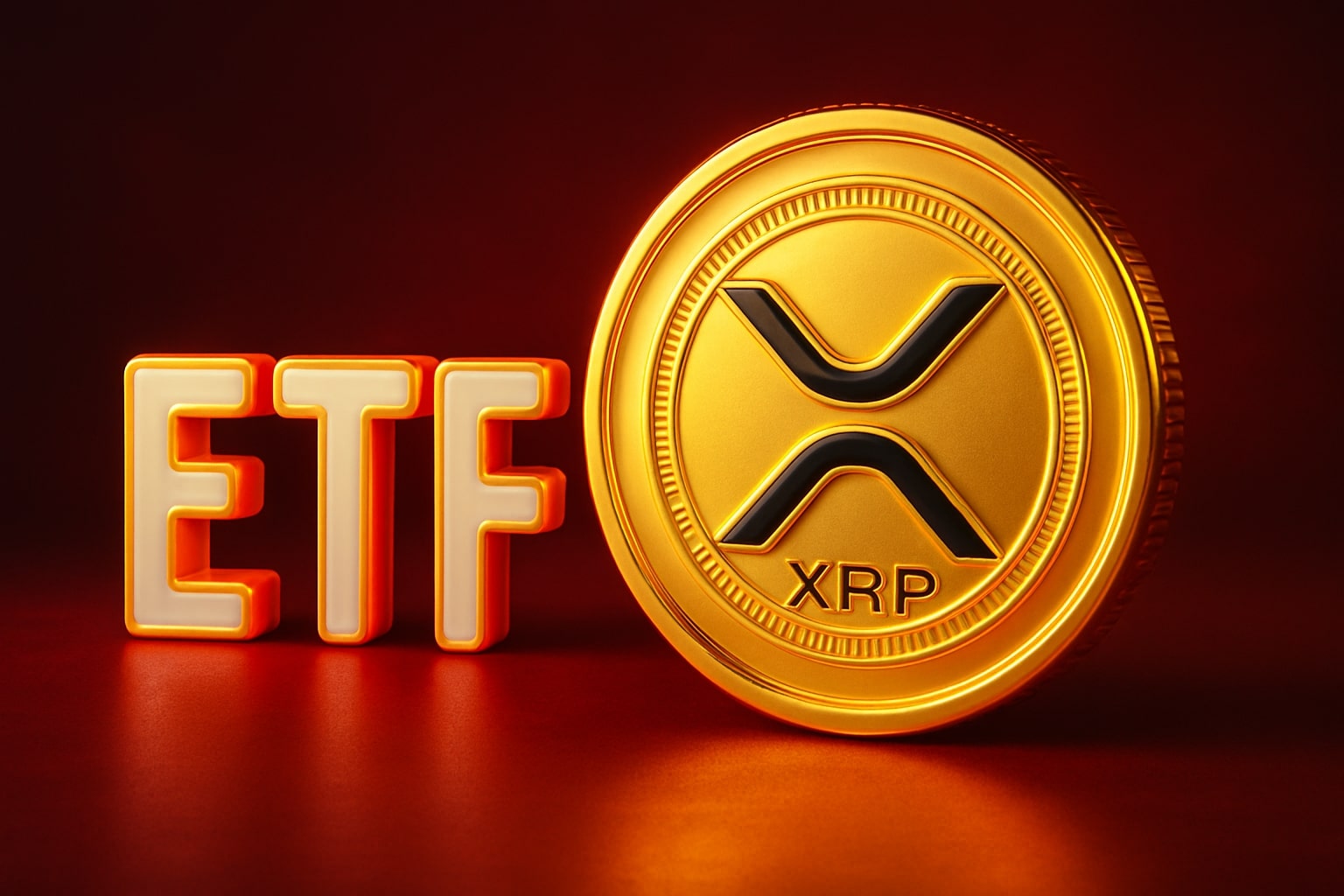
Markets Wobble as Trump Tariffs Roar Back—Is the Nasdaq’s 9% Surge at Risk?
Dow futures fall 0.42%, S&P 500 dips 0.47%, Nasdaq loses 0.64%—are investors ignoring warning signs as China hits back and AI stocks face new export bans? | That's TradingNEWS
Nasdaq (^IXIC), S&P 500 (^GSPC), and Dow (^DJI) Retreat as Trade Tensions Erupt Again
Wall Street opened June on a cautious note as traders reassessed exposure to equities following the sharpest tariff-driven rhetoric in over a year. The Nasdaq Composite (^IXIC) slipped 0.64% to 21,240, shedding ground after May’s 9% breakout. The S&P 500 (^GSPC) eased 0.47% to 5,888, and the Dow Jones Industrial Average (^DJI) dipped 0.42%, with futures holding near 42,117. These losses follow a record-setting May, when the S&P 500 posted its best performance since November 2023, advancing over 6%.
But the reactivation of tariff escalation between the U.S. and China, combined with legal uncertainty around executive trade authority, has flipped sentiment heading into June. Beijing’s accusation that Washington has “seriously undermined” their Geneva agreement has introduced a layer of unpredictability that threatens to stall risk momentum.
Trump’s 50% Steel Tariffs Shock Markets—Broader Fallout Begins
Markets are no longer brushing off tariff headlines. The E-Mini S&P 500 (ES=F) dropped below 5,887.50, with selling accelerating after President Trump confirmed a doubling of tariffs on steel and aluminum to 50%, effective June 4. The EU, caught off-guard, immediately condemned the move as destructive to trade progress. The ripple effect is beginning to show—auto stocks sank 1.4% in Europe, and pressure is mounting on U.S. manufacturers already facing margin compression.
With a Supreme Court challenge looming over the legal foundation of these tariffs, and Trump invoking the Nixon-era playbook to defend executive power, investors are bracing for instability. Key dates such as June 9 (appeals deadline) and July 8 (tariff reactivation) are now embedded in trading calendars.
Tech Sector Catches Heat: NVDA, AAPL Face China Fallout
High-beta tech names are no longer immune. NVIDIA (NASDAQ:NVDA), despite strong Q1 results, faces an $8 billion shortfall from blocked China-bound H20 chip sales. Export controls have pushed Chinese tech giants like BIDU, BABA, and TCEHY to pivot toward domestic AI chips, threatening a long-term erosion in U.S. chipmaker demand from Asia. Wedbush suggests that NVDA could claw back some of the lost revenue if diplomacy resumes, but for now, a full rebound looks speculative.
Apple (NASDAQ:AAPL) has also come under pressure. Fears of smartphone tariffs spiking to 25% have dragged the stock and prompted demand-side concerns. Global smartphone shipments are now forecast to grow less than 2% in 2025, down from previous projections north of 4%.
ELF and GAP Hit by Tariff Exposure—Diverging Strategies on China
E.l.f. Beauty (NYSE:ELF) continues to lean on its China-centric supply chain, absorbing up to 55% in cumulative tariffs on its imported goods. CEO Tarang Amin remains committed to the model, calling it a “competitive advantage,” but markets disagree. With 75% of ELF’s production based in China, any sustained escalation in U.S.-China friction could leave the brand disproportionately exposed.
In contrast, Gap Inc. (NYSE:GAP) has already warned investors of $250–$300 million in annual tariff costs. Despite beating on both revenue and earnings, GAP stock cratered over 20%, as investors balked at the cost forecast. The company plans to reduce China exposure below 3% by end-2025, aiming to ensure no single country exceeds 25% of total sourcing by 2026.
Insider Reaction and Index Rotation: Defensive Shifts Accelerate
Insider sentiment reflects the shift. Net insider selling has increased across retail, industrial, and semisectors. Real-time dashboards indicate continued accumulation in defensive areas—utilities, staples, and select healthcare names—while cyclical and high-multiple tech exposures are being trimmed.
Indivior PLC (LSE:INDV.L), while not a U.S. index component, reflects the capital reallocation trend. The firm announced its delisting from the London Stock Exchange to consolidate liquidity on NASDAQ, where it generates 80% of revenue. This underscores the ongoing flight to U.S. capital markets for efficiency and valuation premium, despite broader volatility.
Gold and Oil Rally as Geopolitical Hedge: Safe Havens Reclaim Bid
As equities stutter, commodity flows turned defensive. Spot gold rallied 1.5% to $3,337/oz, its highest in a week, while Brent crude (BZ=F) surged 2.29% to $64.22 per barrel. Despite OPEC+’s planned 411,000 bpd supply increase, traders appear to be pricing in geopolitical tension—especially after Ukraine launched a drone strike on Russian military airports, adding to global risk premium.
ING analysts noted that while the supply hike was expected, markets were relieved it wasn’t larger. The restrained pace left room for a bullish read, particularly with refined product draws in the U.S. and gasoline demand rising ahead of the summer season.
Currency Volatility Adds Fuel as USD Weakens, GBP/USD Reclaims 1.35
Currency markets echoed the equity shift. The British pound (GBP/USD) rose 0.7% to 1.3542, breaking above the 1.35 ceiling as traders sold the dollar amid Trump’s aggressive tariff posture. The euro (EUR/USD) gained 0.75%, supported by expectations that the ECB will stay cautious on rate policy to buffer external trade shocks.
The WSJ Dollar Index dropped 0.56% to 95.29, a reflection of broad dollar weakness tied to a narrative shift: “Sell America” is back on desks as protectionist policy regains center stage.
U.S. Economic Calendar: Powell Speech, Jobs Report, and Rate Cut Watch
This week is loaded with catalysts. Fed Chair Jerome Powell is scheduled to speak after meeting President Trump—who continues to pressure the central bank to ease policy despite tariff-driven inflation threats. Meanwhile, Friday’s nonfarm payrolls report could either validate soft-landing hopes or reinforce stagflation fears.
Fed Governor Christopher Waller signaled a potential rate cut later in the year if tariff inflation proves transitory—offering a glimmer of dovish hope to equity bulls if labor markets cool slightly without a deeper slowdown.
That's TradingNEWS
Read More
-
JEPI ETF Edges to $57.11 as Yield Holds Above 8% and Covered-Call Premiums Power Income
11.11.2025 · TradingNEWS ArchiveStocks
-
XRP ETFs Slide — XRPI Down to $14.18 and XRPR to $19.80 as Investors Lock In Gains After Record Run
11.11.2025 · TradingNEWS ArchiveCrypto
-
Natural Gas Price Steadies Near $4.40 as Record U.S. Supply and Weather Volatility Define Market
11.11.2025 · TradingNEWS ArchiveCommodities
-
USD/JPY Price Forecast - Yen Holds Near 154.00 as Yen Slides and Market Awaits Fed-BoJ Policy Shift
11.11.2025 · TradingNEWS ArchiveForex


















